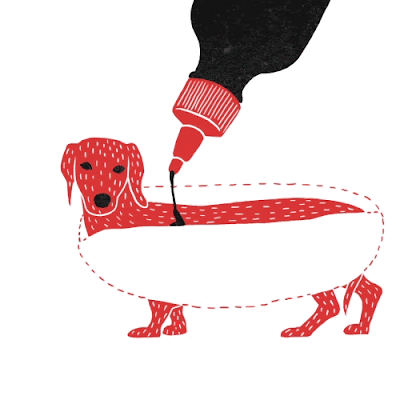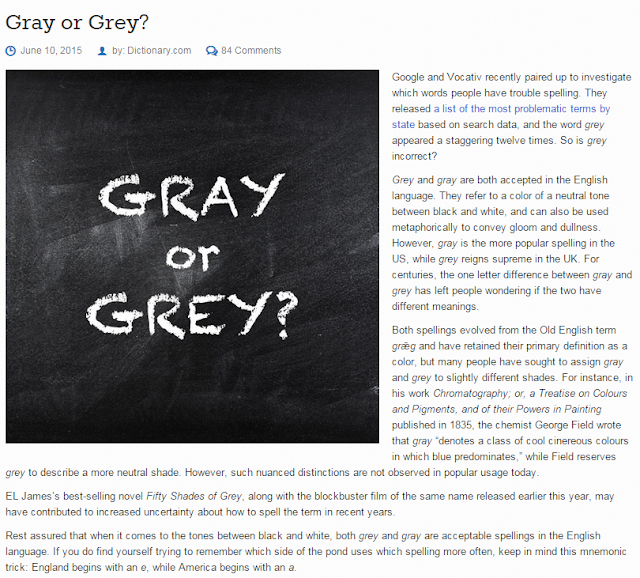New from NPR!什麼是Catch 22?不知道你就落伍了!邊開車邊上網可以嗎?
 |
| 網路連結成為汽車的標準配備,感覺上再自然不過,不過這樣的做法到底好不好?先聽這篇廣播再說! |
本周答案揭曉!
For
Automakers, Internet-Connected Cars Are a
Balancing Act需兩相平衡的
From NPR News, this is ALL THINGS CONSIDERED. I'm Audie Cornish.
ROBERT SIEGEL, HOST:
And I'm Robert Siegel. The Internet is coming to your car and
General Motors is the largest company with a plan to put Internet connectivity網路連結 directly into its vehicles. The rollout首次登場展示 begins later this year. Of course, safety advocates強調安全人士 have some concerns about more distractions for drivers.
NPR's Sonari Glinton reports from his car about the challenge of
bringing our always online culture to a moving vehicle.
SONARI GLINTON, BYLINE: The promise of technology is always the
same; that it's going to make our lives easier. But as anyone who's tried to
make a
hands-free call非手持聽筒 in their car knows, that's not always true.
UNIDENTIFIED WOMAN: Please say a command請吩咐.
GLINTON: Call ma.
UNIDENTIFIED WOMAN: Please say a phonebook name. You may also say
a number and then say dial.
GLINTON: Call mom.
UNIDENTIFIED WOMAN: Calling Colby (unintelligible)
GLINTON: I don't want to talk to Colby. Stop. Stop. Now, if my car
won't call my mother, how can I expect it to get on the Internet.
ERIC LYMAN: When consumers buy a new car and they have difficulty pairing湊成對 the phone to the vehicle, they almost always blame
the car rather than the phone.
GLINTON: Eric Lyman is with TrueCar.com. He says, believe it or
not, the car companies are better at dealing with the sort of consumer electronics消費性電子商品 they put into cars as opposed to與…相對 tech companies. The problem is, it takes a long time.
LYMAN: Typically the development cycle開發周期 for a vehicle has been, you know, four or
five years so trying to implement the technology實踐(提供使用)科技 that people are used to and plan for that three to five years out
in advance is almost an impossible task for the automakers.
上一段的意思是:汽車新車型的開展周期一般少說要四年,要汽車公司四年前,就先預設未來四年可能會夯的消費性電子產品,其實非常困難,所以若要汽車配備當下最夯的消費性電子發明,其實幾乎不可能,因為這些車內的科技配備,與當下科技新技趨勢不可能同調(會慢幾年)。
GLINTON: GM is trying to keep up跟上腳步 and is equipping their cars with data plans高速網路資料. It's putting high-speed 4G data inside its cars so that way
drivers can connect
to, say, Pandora(美國一個網路電台,可收聽音樂), look up restaurants, find gas stations directly in their cars
without using any other device. NPR, like other content providers內容供應商, has made deals with GM and other car makers to provide its
content directly in cars.
Daniel McGehee studies vehicle technology at the
University of Iowa. McGehee says the problem car makers have is to get you to
stop looking at touching or fiddling摸或是找 with your cell phone while you're
driving your car. But, he says, it's kind of like a Catch 22. If you
don't provide drivers with at least some of the options they have on
their phones, they won't use their car systems, they'll just use the phone.
And if you make the systems in the car too good, well...
DANIEL MCGEHEE: You're forcing essentially the companies to sort
of one-up搶先一步 themselves on adding different kinds of features that essentially
draw the driver's attention more and more off of the roadway.
GLINTON: Meanwhile, Karl Brauer with Kelley Blue Book says part of
what's going on is that General Motors needs to look like a forward-thinking前瞻性的, hip走在時代尖端的摩登 company.
KARL BRAUER: The other reason that General Motors has to do this
is because people want this stuff. They know it's out there這些技術已經問世, they know it's capable of being done and the car companies that
do it best are going to get sales out of it. You're going to have people
deciding which car to buy based on how well-connected the car is to the information superhighway資訊高速公路.
GLINTON: Brauer says more car companies are going to follow,
but...
BRAUER: Ultimately this will be seen as a unique point in time特殊的時間點. Because we will get to autonomous vehicles電動車 in the not-too-distant future在不久的未來 and then none of this will matter屆時這些議題都不再重要. It'll actually make complete sense that your rolling, you know,
personal transportation also is a rolling office.
GLINTON: Until that happens, Daniel McGehee, the safety expert,
asks that you keep both hands on the wheel and your eyes on the road.
Seriously. Sonari Glinton, NPR News.
Sonari Glinton, NPR News.











Hi Teacher,
回覆刪除汽車市場科技, "汽車通訊"已將取代先前"汽車電子"了, ex .Can bus ..,etc.
Tom
好想知道這個飛行員到最後怎麼解決退休的問題?
回覆刪除Hi J,
回覆刪除以下為Catch 22的故事大綱 (資料來源:維基百科)
故事發生在地中海的一個小島上, 第二次世界大戰末期, 美軍的一個飛行大隊駐紮在該島上。 按一般規定,飛滿規定次數(最初為25次)的飛行員可以回國,但軍規實際上規定,無論何時,必須執行司令官命令做的事情。 飛行大隊的指揮官凱斯卡上校 (卡思卡特上校)是個官迷,他一次一次增加飛行任務,遠遠超出一般規定。 飛行員們都得了恐懼症 ,變得瘋瘋癲癲。 尤其是投彈手尤塞恩 (尤索林,約塞連)上尉,更是終日惶惶不可。 在求生慾望的支配下,他在戰鬥中只想逃命。 他裝病躲進醫院,不久被密探和一個充滿「愛國熱情」的傷兵嚇跑了。 他找到一個軍醫幫忙,想讓他證明自己瘋了。 軍醫告訴他,雖然按照所謂的「第22條軍規」,瘋子可以免於飛行,但同時又規定必須由本人提出申請,而如果本人一旦提出申請,便證明你並未變瘋,因為「對自身安全表示關注,乃是頭腦理性活動的結果」。 這樣,這條表面講究人道的軍規就成了耍弄人的圈套。 當飛行員們出生入死時,那些指揮官們卻忙於勾心鬥角,還和神通廣大的食堂伙食兵米洛組成了一家聯營公司M&M企業 ,大作投機生意,發戰爭財。 尤塞恩目睹了這種種荒謬的現實,最後在同伴們的鼓勵下,他逃往中立國瑞典去了。